When was the last time you went hiking or simply took a nature walk? What does it make you think of? The lush forests, stunning boulders, gushing rivers, or lovely lichens? Lichens! Do you know what it is, and have you ever seen it? Well, you must have seen a couple of these if you frequently go on nature hikes. The growth that you find on trees, rocks, or even on walls is called lichen. They are available in various sizes, hues, and forms. Some of them might appear stunning, while others might appear run-down. Nonetheless, these lichens are extremely beneficial for the environment and humans. While they have long been used in traditional medicine by different cultures from various regions, they are also known as one of the best vitamin D3 sources and, hence, have been widely used in vitamin D3 supplements. Scroll down to learn more about this ingredient that’s suitable for everyone.
What are Lichens?
Lichens are a group of 2 or more microorganisms, essentially fungi, algae, and/or cyanobacteria, that stay together through symbiosis (symbiosis is an association between 2 or more plants or animals that support each other's lives). Through a process known as photosynthesis, the algae or cyanobacteria give the fungi nourishment (simple sugars), and the fungi give the algae structure and stability by forming a structural matrix. In lichens, all three microorganisms occasionally cohabit and promote one another's growth. Additionally, the cyanobacteria transform inactive nitrogen into a usable form for the lichens in the atmosphere.
Symbiosis in Lichens Simplified
Suppose you (fungi) have a place to stay but no food to eat. A friend (algae or cyanobacteria) offers to provide food in exchange for shelter, and you two start living together. Another friend (cyanobacteria) comes and offers you additional benefits like money (nitrogen) along with food, and you decide to partner with him. At times, you all three decide to stay together and share a happy space, supporting each other.
Lichens come in over 15,000 different species. They are mostly microorganisms that grow on various substrates like rock, dirt, trees, walls, gravestones, etc.; unlike plants, they do not have roots, stalks, or leaves. They are categorized according to their internal structure, fungal partner, environment, shape, and growth.
Use of Lichens in Traditional Medicine
Due to their antimicrobial, antibacterial, antifungal, antiviral, antioxidant, antitumor, and immunomodulator properties, lichens have long been used in traditional medical systems like Traditional Indian Medicine (TIM), Traditional Chinese Medicine (TCM), Western Medical Herbalism, and Homoeopathy. It has proven to be a successful treatment for gynecological and obstetrical problems, digestive and respiratory problems, and skin ailments.
- Evernia furfuracea, commonly known as tree moss, has been used in the treatment of pulmonary and cranial diseases.
- Letharia vulpina, also known as wolf lichen, was used in northern California for stomach diseases.
- Usnea was used in the treatment of splenomegaly (an enlarged spleen) in Arabian medicine.
- Irish moss has been long used as a remedy for lung disorders, kidney and bladder problems, and healing wounds.
- Parmelia Sancti Angeli is used in Central India to treat tinea (ringworm) like the disease.
- Parmelia is used in India as a diuretic and treatment for headaches. Its powder is also used to heal wounds.
- Lichens are used in European folk medicine to treat cancers.
- Chharila is a type of lichen found in the Himalayan region of India that has long been used as an aphrodisiac in traditional Indian medicine.
Lichens: A Natural Vitamin D3 Source
Vitamin D, a fat-soluble vitamin, is just as important for the body as other vitamins. Vitamin D is important for calcium and phosphorus absorption, thereby promoting bone and skeletomuscular health. This vitamin also boosts heart health and the immune system. There are two major types of vitamin D: vitamin D2 (ergocalciferol) and vitamin D3 (cholecalciferol). While vitamin D2 can be obtained from plant sources, vitamin D3 was traditionally obtained from animal sources. Vitamin D3 is better absorbed and more effective in the human body as compared to vitamin D2.
Vitamin D3, the sunshine vitamin, is produced in our bodies when our skin is exposed to natural sunlight. Natural food sources of this vitamin include fish, fish oil, and beef liver. A lack of this vitamin is more likely to occur in vegans, vegetarians, those who stay indoors a lot, and people who live in climates with limited sun exposure.
Since most vitamin D3 supplements are composed of fish fatty oils or lanolin — a fatty substance secreted by the skin of sheep to nourish their wool— vegans can have a hard time meeting their vitamin D requirements. The vegan source of Vitamin D3 was unavailable until lichens came into the picture. Lichens serve as a clean and pure source of vitamin D3 obtained from organic conditions, free from possible pesticides and other contaminants, unlike the vitamin D3 obtained from lanolin.
Lichens as Vitashine D3 supplements
Cholecalciferol, more commonly known as sunshine vitamin D3, has a vegan source, which is "lichens," also called vitashine D3. Vitashine™ is the world’s only Vegan Society and Vegetarian Society registered Vitamin D3. This vitamin D supplement delivers vitamin D in a strong and functional form, just as the body does after sun exposure. Tapping into this potential of lichens, supplement brands are now adding Vitashine™ to a range of products in the form of chewable tablets, gummies, and capsules. From helping you strengthen your bones, boosting the immune system, improving mood, supporting a healthy heart system, and preventing deficiencies, having this in the form of vitamin D3 supplements would be a wise and healthy choice. Interestingly, these vitamin D3 supplements are also now available in the form of thin oral strips. Using nanotechnology, the nutrients are packed as tiny bioactive ingredients in compact, portable, and easy-to-consume strips. Not only is it hassle-free and time-saving, but it also provides maximum absorption of nutrients.
Why Choose Vitashine™?
Vitashine™ is not just any other vitamin D supplement. It is a special oily extract of Lichen and is the world’s first source of vitamin D3 which is approved by vegan and vegetarian sources. Moreover, it is also a more sustainable and pure source coming from plants, free from any possible contamination from pesticides. Whether you follow a plant-based diet or you wish to contribute to the ecosystem, Vitashine D3 is your go-to Vitamin D supplement. It is easy to grow, naturally abundant and has no environmental risks. This makes Vitashine™ D3 definitely stand out as one of the best vegan vitamin D3 sources and a perfect environmentally friendly choice for one and all.
Wrapping Up
It is rightly said that "good things come in small packages." Lichens: The combination of tiny microorganisms like fungus and algae, or cyanobacteria, has far more benefits for the environment than just its therapeutic uses. From maintaining balance in the ecosystem to providing nutrition to other species, the list of benefits is endless. If you are a vegan or simply wish to maintain your everyday nutrition through the best vitamin D3 source, Vitashine™ is what you need to look for in your supplement. And before you add that supplement to your regime, also make sure to get it approved by your physician once.
References
(PDF) Lichens (researchgate.net)
Lichens- Role in Traditional Medicine and Drug Discovery S Malhotra, R Subban, a Singh - DocsLib
Lichens used in traditional medicine | Stuart Crawford and Stuart Crawford - Academia.edu
https://www.nps.gov/articles/lichen-and-our-air.htm
UVB exposure stimulates production of vitamin D3 in selected microalgae - ScienceDirect
Vitamin D2 is much less effective than vitamin D3 in humans - PubMed (nih.gov)
Vitamin D in an ecological context. - Abstract - Europe PMC
UVB exposure stimulates production of vitamin D3 in selected microalgae - ScienceDirect







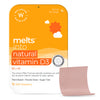
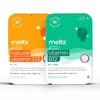









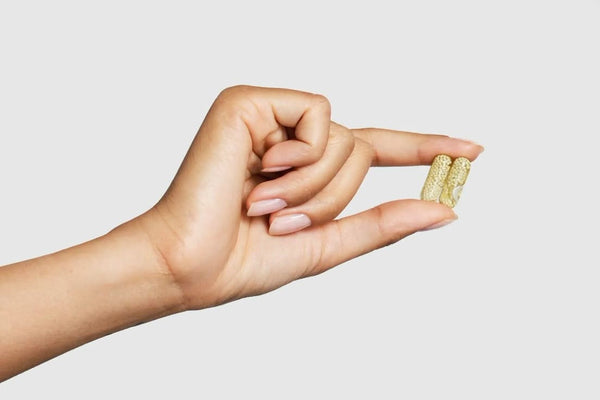
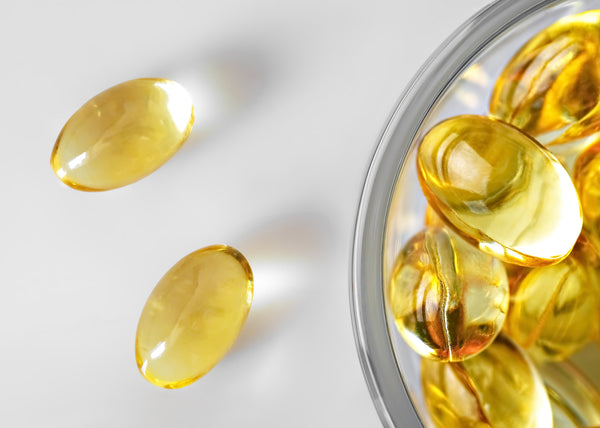
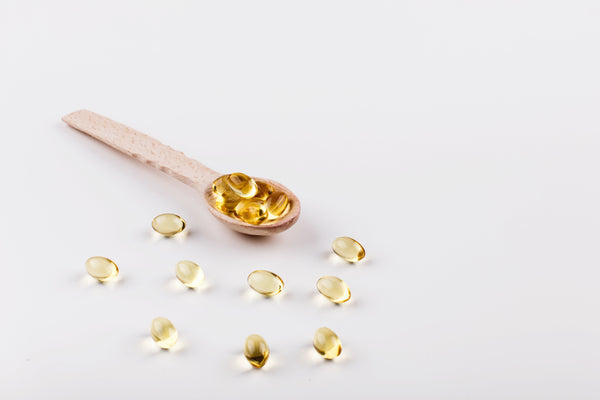
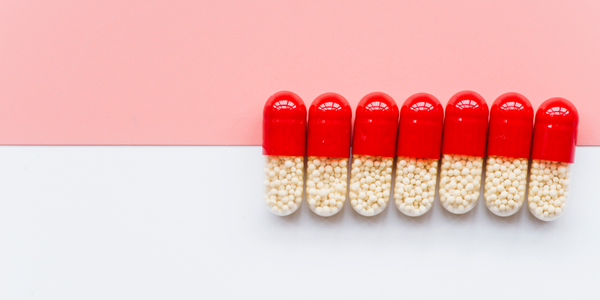







 DOWNLOAD NOW
DOWNLOAD NOW
